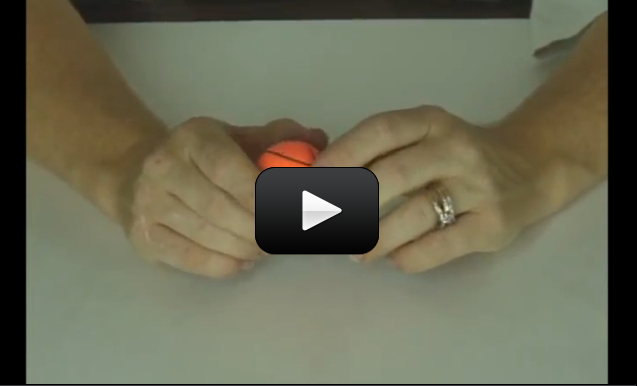When you toss down a ball, gravity pulls on the ball as it falls (creating kinetic energy) until it smacks the pavement, converting it back to potential energy as it bounces up again. This cycles between kinetic and potential energy as long as the ball continues to bounce.
Please login or register to read the rest of this content.


Hmmm… what do YOU think? And then try it! (And then let me know what you figure out – what happened, and why?)
can the force of throwing it down also affect the bouncing part?
I loved this experiment! I tried it with a small yellow ball. As I listened to the lesson, I kept dropping the ball on the table. It didn’t bounce high because it wasn’t high enough. When I tried it over the floor, it bounced a little higher!
Thanks for the web site, Aurora! I will put a photo up if I can.
sevy keble 🙂
Great! If you feel up to it, you can post a photo of you doing science experiments on our photo page:
http://sciencelearningspace.shutterfly.com/
All of the expirements in this section definetally meet my expectations, Aurora, in answer to your question.
sevy keble 🙂
Wow, that is SO interesting. I never knew (or really thought about) that before! Thank you!
-Stehanie
You’re right… we squeezed that one in because it makes an interesting point about ball bouncing. Hopefully you found other experiments in this section that meet your expectations? 🙂
Uh..this isn’t really an expirement, but its a extremely interesting lesson. I really like it.
sevy keble 🙂